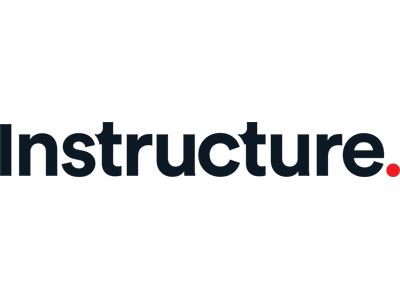
Are universities ready to support technology-driven lifelong learning?

While the concept of lifelong learning may seem like a recent trend, it has been discussed for over a century. A 1919 report by the UK’s Adult Education Committee emphasised adult education as a lifelong necessity. However, it wasn’t until the Covid-19 pandemic that the critical need for reskilling and upskilling in the workforce became strikingly evident – and tied to a strong need for digital transformation within universities and further education institutions.
Though virtual learning environments (VLEs) have become more prevalent in teaching and learning worldwide, universities face pressure to provide lifelong learning opportunities and serve a broader student population.
Modernising for a lifelong learning culture
Only a few years ago, modernisation in education was limited to video conferencing tools that support distance learning. Today, it means having robust SaaS (software as a service) technology that facilitates continuous learning beyond formal education, including professional development, microcredentials and mobile learning in a secure, flexible and scalable way.
To modernise, institutions must integrate innovative tools, platforms and open educational resources so learners can seamlessly access diverse content and enjoy varied learning experiences.
Lifelong learning relies on personalisation
New technologies such as generative AI are changing job descriptions and the skills that employers demand. This means traditional career paths are becoming less predictable and individuals need to take control of their learning journeys to remain relevant and competitive in the workforce.
Today’s learners are looking for a personalised experience and adaptive learning options from institutions. They have unique goals, backgrounds, learning preferences and multiple responsibilities; furthermore, they are mobile.
Having the right technology and tools to offer adaptive learning paths, tailored content recommendations and individualised feedback has become imperative for universities to effectively support the personalised, self-directed learning pathways central to lifelong learning.
There is no personalisation without data-driven insights
AI has helped evolve the way educators and administrators can use learner data to track progress, engagement and outcomes. With sophisticated and easy-to-use AI-powered data tools, personalising education is no longer a futuristic idea but a reality that those with a robust SaaS-based VLE could offer to learners at any level.
Nowadays, educators don’t need to be experts to generate analytics reports. New conversational AI features embedded in cloud-based VLEs can generate impactful, actionable reports within minutes, identify which students need extra support, evaluate course readiness and understand learning tools interoperability.
By leveraging data-informed decisions, institutions can foster growth, increase retention and enhance the learning experience. AI-driven tools play a key role in this process by analysing data, market trends and student interests, enabling institutions to suggest new course offerings and programmes tailored to student demands. This is key to helping lifelong learners meet the needs of a constantly changing job market and for institutions to increase revenue opportunities.
The lifelong learner demands flexibility
Flexibility takes on new significance when it comes to supporting lifelong learning. It goes hand in hand with learner mobility and the evolution of a dynamic global workforce, where recognition and certification of skills add another level of complexity to universities’ challenges.
The non-traditional learner requires access to various learning models, such as hybrid learning environments, self-paced courses, microcredentials and continuous professional development. Moreover, they need all of that to be available from their mobile phones to access and participate in learning activities on the go, even when the internet is unavailable.
To offer this kind of flexibility, universities and further education institutions need robust VLEs that seamlessly allow them to work with other institutions, locally and globally.
Regardless of the challenges imposed by new policies on international students, students and universities have significant opportunities thanks to online and hybrid models that support transnational learning, university alliances and institutional cross-collaboration, all facilitated by VLEs.
Evolving from self-hosted to cloud-based systems
For decades, the concept of a free, self-hosted VLE has enabled many institutions to stay afloat. However, the rapid advancements in emerging technologies and the continuous evolution of SaaS-based VLEs are widening the gap between institutions trying to survive and those driving innovation.
This digital divide among universities disadvantages students and educators, exacerbating educational inequalities. From limited access to course content during updates or maintenance on self-hosted platforms to a heavy reliance on plug-ins for features that modern SaaS platforms integrate seamlessly, the challenges are clear. Learners deserve – and are demanding – better technologies from their institutions. Addressing these issues demands a cultural shift within universities and a commitment to embracing innovation and fostering a technology-driven, lifelong learning environment.
Find out more about Canvas by Instructure.

